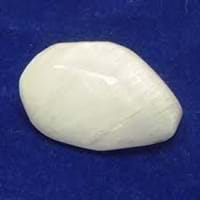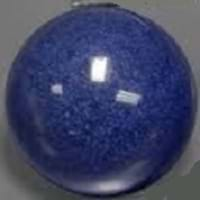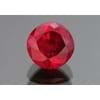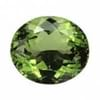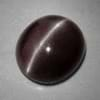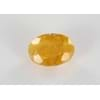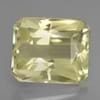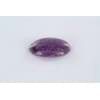Origin
Australia, Austria, Brazil, Canada, Ethiopia, Italy, Mexico, Mozambique, Southern and central Africa, Switzerland
Southern and central Africa, violet, blue, violet, blue
Color
Colorless, Brownish, White
Blue, Violet, Brown, White, Blue, Brown, Violet, Greenish, pink
For which Rashi?
Not Available
Leo, Sagittarius, Leo, Sagittarius, Leo, Sagittarius
Planet
Not Available
Saturn
Element of Planets
Not Available
Water
Energy
Not Available
Receptive
Finger
Not Available
Not Available
Ring Metal
Not Available
Not Available
Deities
Not Available
Isis
Not to wear with
Not Available
Not Available
Powers
Not Available
Healing
Planetary
Not Available
Not Available
Talisman
Not Available
Not Available
Tenacity
Brittle
Not Available
Solubility
Soluble
Not Available
Durability
Not Available
Not Available
Specific Gravity
2.20-2.23
3.26-3.41
Fracture
Irregular/uneven, UnevenAnthony et al, Handbook of mineralogy (2001), Brittle, Uneven
Fibrous, ConchoidalWalter Schumann, Gemstones of the world (2001) More from other references
Cleavage
Perfect on {110} and {1 1 0}
Distinct on {100}, poor on {110}; parting on {001}
Mohs Hardness
5-5.5
7-8.5
Chemical Composition
CaAl 2Si 3O 10 · 3H 2OUlrich Henn and Claudio C.
AlAl6O3BSi3O18
Luster
Vitreous, Silky, Fibrous
Vitreous
Pleochroism
X: colourless Y: colourless Z: colourless
Strong; X = deep blue or violet; Y = yellow to red-violet or nearly colorless; Z = colorless or very pale blue
Dispersion
Not Available
None
Transparency
Transparent, Translucent
Translucent, Translucent to opaque
Refractive Index
1.512-1.523
1.669-1.723
Optic Character
Not Available
Not Available
Crystal System
monoclinic
Orthorhombic
Birefringence
0.011
0.011-0.037
Clarity
Transparent
Translucent
Neurological
Not Available
Not Available
Cardiovascular
Not Available
Not Available
Respiratory
Not Available
Not Available
Reproductive
Not Available
Not Available
Digestive
Not Available
Not Available
Psychology
Not Available
Not Available
Healing
Not Available
Not Available
Qualities Associated
Not Available
Not Available
Scolecite Vs Dumortierite Fracture
Fracture is an important parameter when you compare Scolecite and Dumortierite Physical Properties. It is necessary to understand the significance of these properties, before you compare Scolecite Vs Dumortierite fracture. Whenever a gemstone chip breaks, it leaves a characteristic line along its breakage. Such lines are known as fracture and are used to identify the gemstones in their initial stages of production when they are in the form of rough minerals. Fracture is usually described with the terms “fibrous” and “splintery” to denote a fracture that usually leaves elongated and sharp edges. Fracture observed in Scolecite is Irregular/uneven, UnevenAnthony et al, Handbook of mineralogy (2001), Brittle and Uneven. Dumortierite fracture is Fibrous, ConchoidalWalter Schumann and Gemstones of the world (2001) More from other references.
Scolecite Vs Dumortierite Luster
A primary knowledge about Scolecite vs Dumortierite luster is useful in apparent identifications of these gemstones. Luster is the measure of light that gets reflected when incident on a finished cut gemstone. There are two major types of lusters: Silky and Adamantine. Since luster varies between two crystals of even the same gemstone, luster is limited to basic identification criteria. Scolecite exhibits Vitreous, Silky and Fibrous luster. Dumortierite, on other hand, exhibits Vitreous luster.
